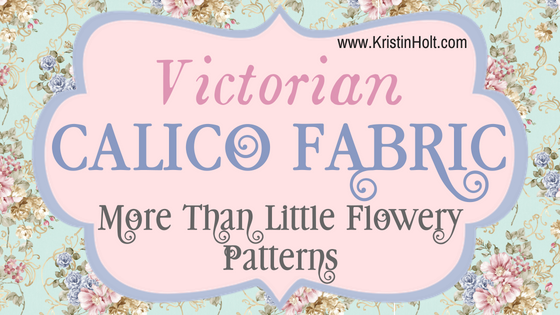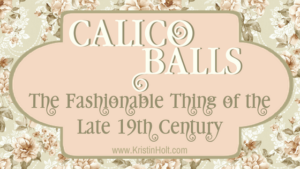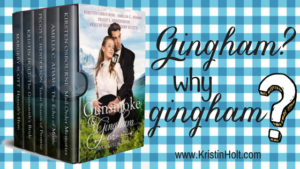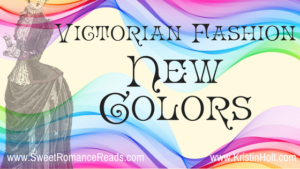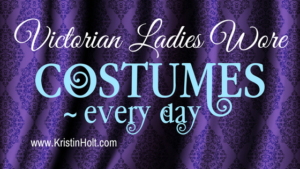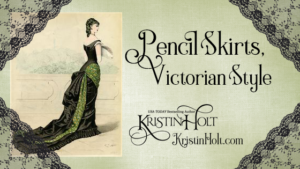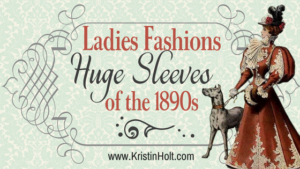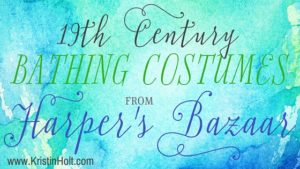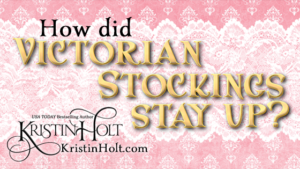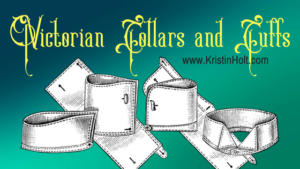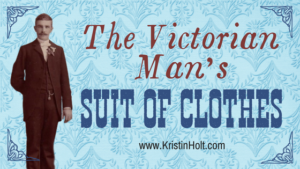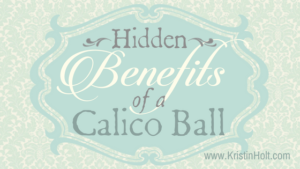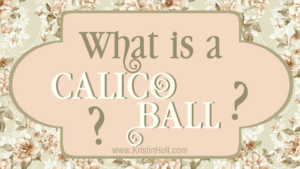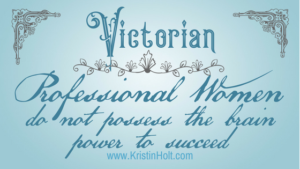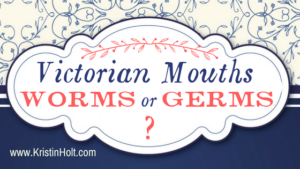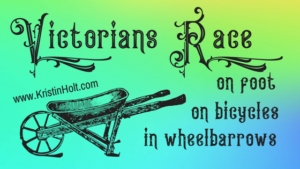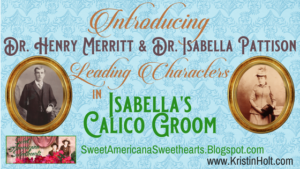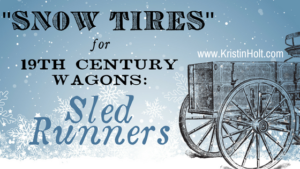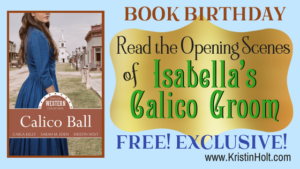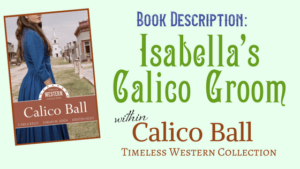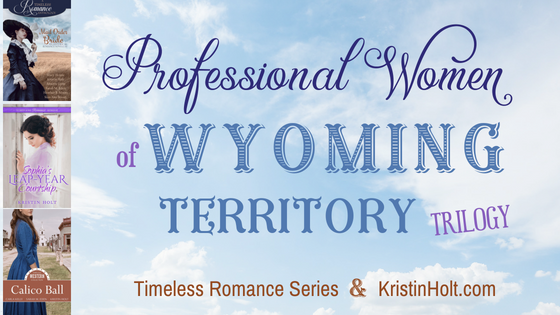Victorian Calico Fabric–More Than Little Flowery Patterns
Victorian Calico Fabric–More Than Little Flowery Patterns
.

![]()
.
Calico’s Surprising History
.
Calico–a woven fabric made of cotton–originated in southwestern India (in present-day Keraia) during the 11th century. Known as chaliyan to the natives, the cloth made its way into Indian literature by the 12th century, when a writer described a calico fabric printed with lotus designs. By 15th century, calico had made an appearance in Egypt. By 17th century, calico had made its way to Europe through trade. (For lots more detail, see Wikipedia: Calico.)
.
Fabric used in the pioneer’s clothing of the 1840s and 1850s was mostly domestically manufactured in the United States or home produced. Popular fabrics included cotton calicoes, osnaburg, jean, wool, linen, and linsey-woolsey, a combination of wool and linen yarns. Silk, fine woolens, and expensive cottons were seldom affordable for everyday clothing by the middle-class family, but limited amounts were imported from Europe for home furnishings.
.
~ Dress of the Oregon Trail emigrants: 1843 to 1855 (p 30), by Maria Barbara McMartin of Iowa State University, Retrospective Theses and Dissertations
.

.
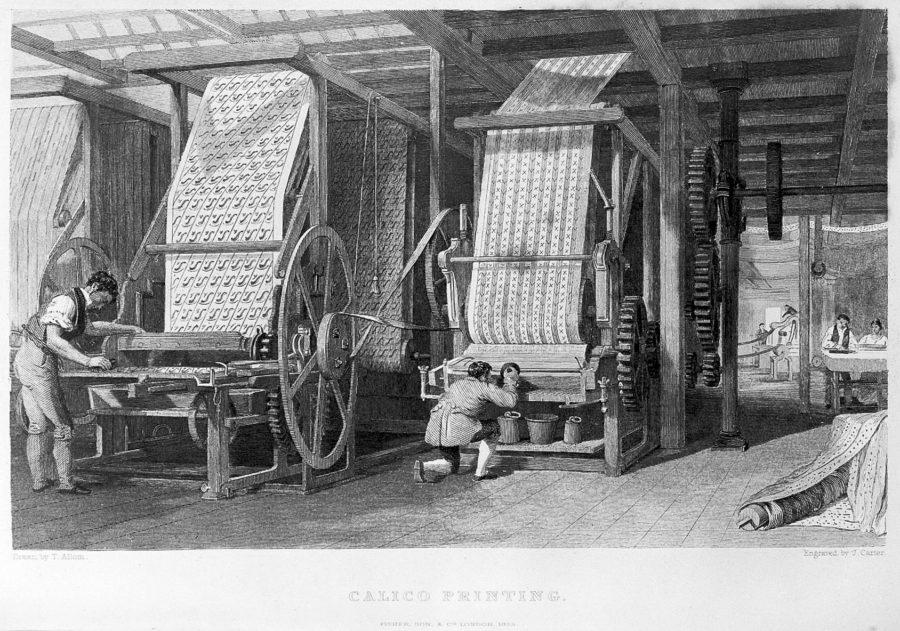
L0011294 Calico printing
Credit: Wellcome Library, London. Wellcome Images
images@wellcome.ac.uk
http://wellcomeimages.org
Calico printing.
History of the cotton manufacture in Great Britain.
Edward Baines
Published: 1835
Copyrighted work available under Creative Commons Attribution only licence CC BY 4.0 http://creativecommons.org/licenses/by/4.0/
.

.
By the l840s textile mills in Eastern United States produced cotton cloth varying in width from 25 to 32 inches and woven in plain weaves, stripes, plaids, and white muslin sheeting. This popular inexpensive white cotton fabric of plain weave was machine printed with an allover pattern and called calico (Wingate, 1967, p. 95). Calico designs were usually composed of three to four colors with white or black outlining the design.
Popular designs in the l840s and l850s were vertical stripes of stippling set off by floral sprays, allover small geometries, and mazes of tiny flowers and leaves. Colors fashionable at this time were drab, usually blue, dark green, tan, dull gold, brown, purple, red, and black (Pettit, 1970) (see Figures 2, 8, 16, and 18).
.
~ Dress of the Oregon Trail emigrants: 1843 to 1855 (p 30), by Maria Barbara McMartin of Iowa State University, Retrospective Theses and Dissertations
emphasis added
.

Figure 2., Three calico prints used to face dress hem, c. 1850 (Oregon Historical Society Costume Collection). Photo taken courtesy of the Oregon Historical Society, Portland, Oregon. Image contained on page 32 of Dress of the Oregon Trail emigrants: 1843 to 1855.
.

.
What is Calico?
.
This google (North American) definition of calico is “printed cotton fabric”. Note the chart that shows the use over time for the word ‘calico,’ reaching a peak of usage (super high!) shortly after 1850.
.
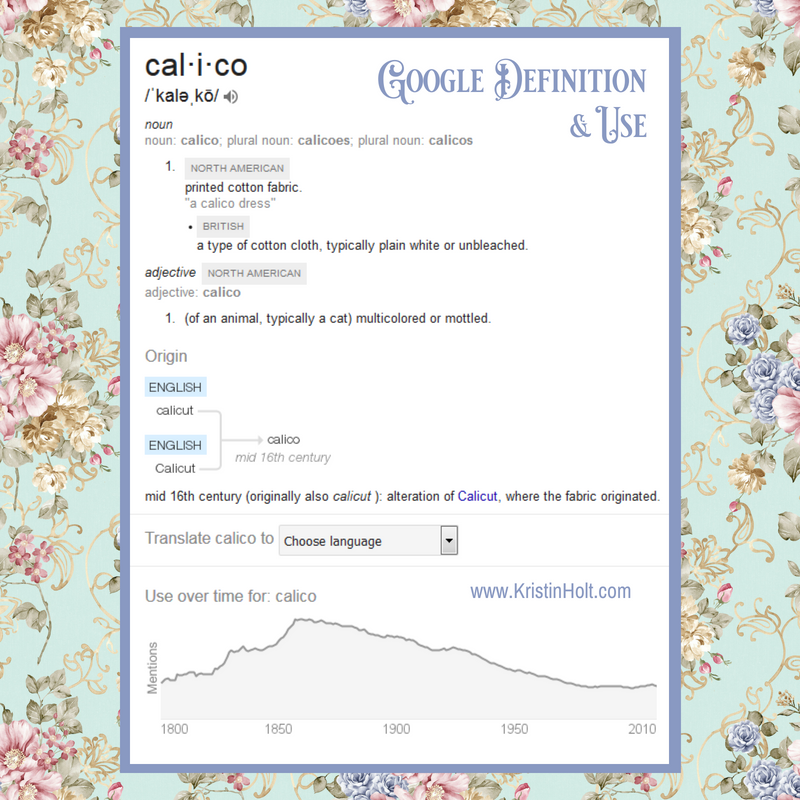
.
Printed calico was imported into the United States from Lancashire in the 1780s, and here a linguistic separation occurred, while Europe maintained the word calico for the fabric, in the States it was used to refer to the printed design.
.
These colorful, small-patterned printed fabrics gave rise to the use of the word calico to describe a cat coat color: “calico cat“. The patterned fabric also gave its name to two species of North American crabs; see the calico crab.
.
emphasis added
.
.
Calico Samples
.
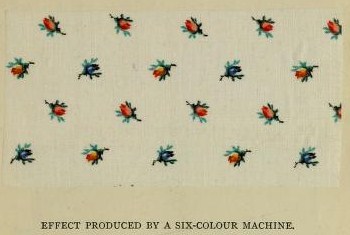
Sample of calico printed with a six-colour machine by Walter Crum & Co., from Frederick Crace Calvert (an English Chemist), Dyeing and Calico Printing (1878). Image: Public Domain. Source: Wikipedia.
.
But in Britain, calico is a plain-woven textile, unbleached, and often not fully processed cotton. It may be rough, uneven, and have bits of unseparated cotton husk in the weave. The fabric remains undyed, so it’s cheap. (Wikipedia: Calico)
.
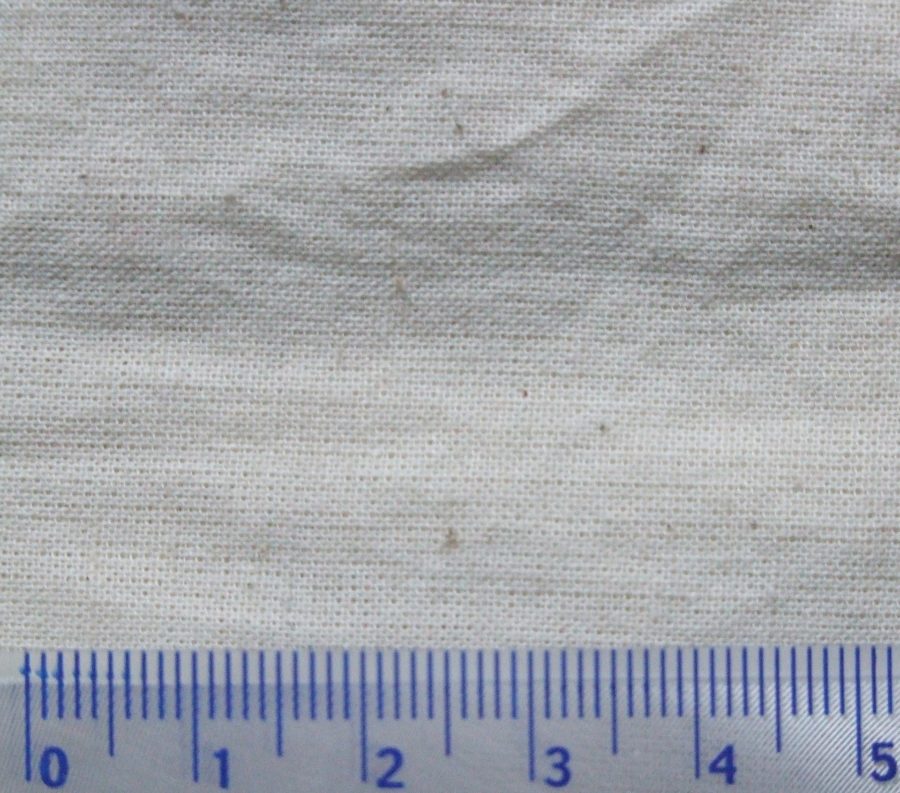
The weave of calico sample from a shopping bag shown against a centimetre scale (used to fabricate a promotional shopping bag). Used with Creative Commons agreement, coypright holder: Clem Rutter, Rochester, Kent. Source: Wikipedia.
.

.
Why Calico?
.
According to Women in American History: A Social, Political, and Cultural Encyclopedia, calico was one of the most inexpensive fabrics in the 19th century.
.
Calico was made from cotton and often had a floral print. Due to its inexpensive cost, calico was often bought by families in bulk, with the result that many families attended calico balls dressed in the same print. Additionally, a woman could use extra calico fabric to make a men’s tie to match her dress.
.
~ Women in American History: A Social, Political, and Cultural Encyclopedia, p 214.
.
Given that calico was one of the most inexpensive fabrics, garments made of calico appealed to working (and frontier) women.
.
1860 – 1900: Westward Expansion and Calico Dresses
.
When families migrated to the west, carrying possessions with them became a difficult task. Although they were starting new lives, families were forced to pack smart and only bring necessities. Women only had two to three dresses, most in which were made of calico. This cotton based material usually included ornamentation of some type matched with a simple design. Colors were limited and the designs were made using roller printing.
Calico fabric was popular because it was washable, durable, and affordable; all of which were important during this time of change and development. Women had little to no time to do laundry, allowing calico fabric to be even more practical. As mentioned before, calico fabric had small printed designs, which were also used to hide stains.
Calico allowed women to still look presentable and neat, even if their dresses were not made with more expensive fabrics such as silk or wool. Many women referred to calico as, “cloth of the slaves and lady’s maids.” Some of them even refused to wear calico and rather reworked old silk dresses. Regardless of differing opinions, the creation of calico fabric was essential to the evolution of women’s fashion in the west.
.
~ Jane Violette: Unzipping The Past (Women’s Fashion in America: 1860-1910)
emphasis added
.
It’s no wonder Victorian Americans made their (daily, working day) clothing from calico. And it’s no surprise that the upper crust hostesses of New York society would coin the term “Calico Ball”… and that calico clothing would be the focus of that event.
.
.

.
Because Isabella’s Calico Groom (in Calico Ball: Timeless Western Collection) is about far more than a Calico Ball,
Up Next!
Female Dentists (1889): Man Haters Without Maternal Instincts
.

.
Related Articles
.
Don’t miss these related posts, especially this one about what gingham is, allowing contrast and comparison.
.
.
More related posts about Calico Balls:
.
.

.
Updated July 2022
Copyright © 2018 Kristin Holt LC
Victorian Calico Fabric–More Than Little Flowery Patterns

